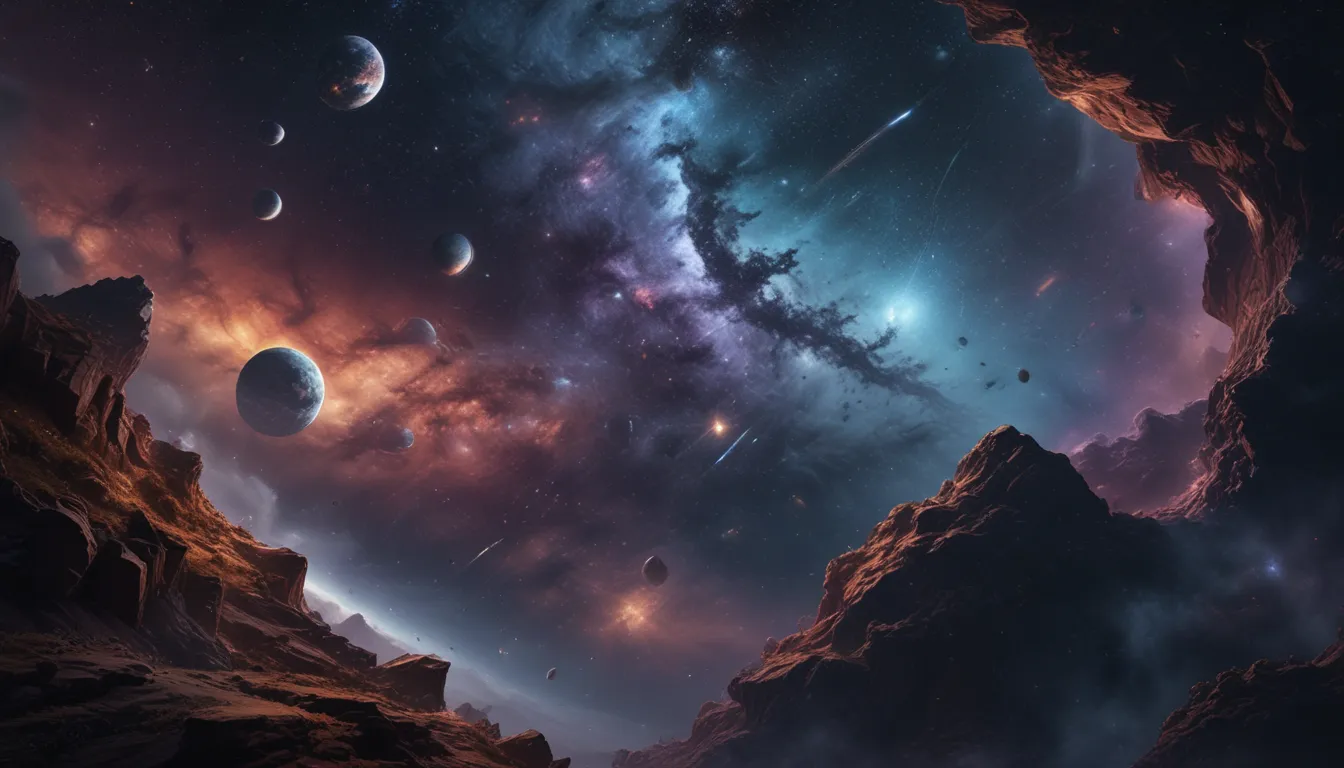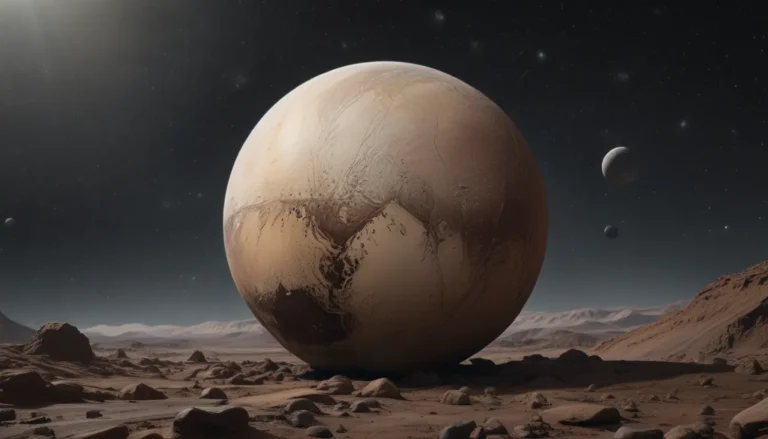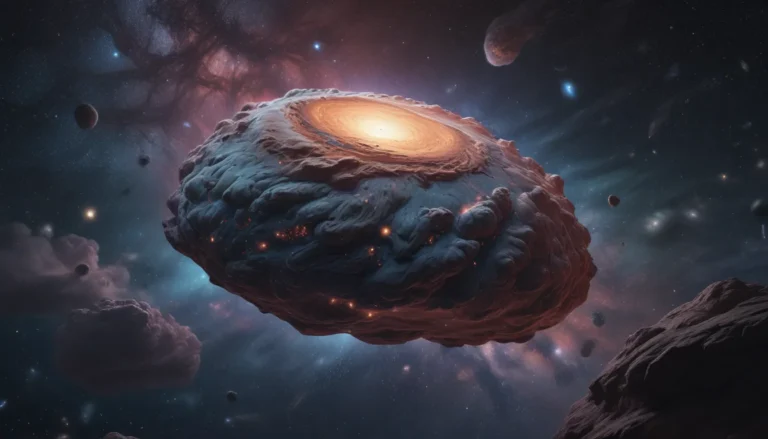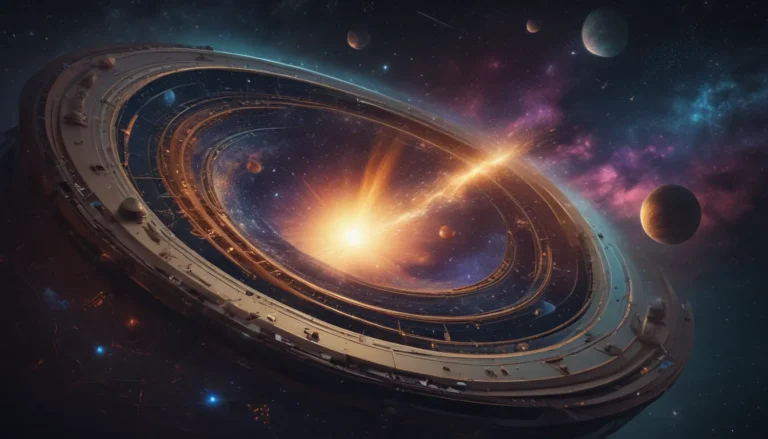The pictures we use in our articles might not show exactly what the words say. We choose these pictures to make you interested in reading more. The pictures work together with the words but don’t take their place. The words still tell you the important facts.
Are you ready to embark on a journey through the enchanting world of stellar atmospheres? These outer layers of stars in the vast universe hold secrets and mysteries that are waiting to be unraveled. From the scorching temperatures of the sun's corona to the dazzling colors of auroras on distant planets, the stellar atmosphere is a realm of captivating wonders that captivate astronomers and space enthusiasts alike.
Unlocking the Mysteries of Stellar Atmospheres
Stellar atmospheres play a crucial role in shaping the appearance and behavior of stars, offering valuable insights into their life cycle and the universe at large. By studying the composition, behavior, and properties of these cosmic envelopes, scientists can uncover secrets about a star's age, composition, and future fate. Let's delve into 15 intriguing facts about stellar atmospheres that will leave you in awe of these celestial marvels.
1. The Outer Layer of Stars
The stellar atmosphere is the outer layer of a star, where the energy produced in the star's core is emitted into space. It is a region brimming with activity and dynamic processes that influence the star's appearance and behavior.
2. Composition of Stellar Atmospheres
Stellar atmospheres are composed of various gases, including hydrogen, helium, carbon, nitrogen, oxygen, and trace amounts of other elements. The composition of these gases can vary among different types of stars, influencing their properties.
3. Varied Temperature Range
The temperature of stellar atmospheres can vary significantly, ranging from millions of degrees in some stars to much cooler temperatures in others. This temperature variation contributes to the unique characteristics of each star.
4. Electromagnetic Spectrum Emission
Stellar atmospheres emit light across the electromagnetic spectrum, from radio waves to gamma rays. This emission of energy in various wavelengths creates the stunning phenomena observed in stars.
5. Influence on Star Colors
The colors we see in stars are influenced by the temperature of their atmospheres. Bluer stars have hotter atmospheres, while redder stars have cooler atmospheres, contributing to the diverse hues observed in the night sky.
6. Magnetic Fields and Solar Activity
Stellar atmospheres can experience powerful magnetic fields that influence the star's activity and give rise to explosive solar flares. These magnetic interactions shape the behavior and appearance of stars.
7. Interactions with Interstellar Space
Particles from the interstellar medium can interact with a star's atmosphere, influencing its properties and shaping the surrounding interstellar space. This interaction plays a significant role in the dynamics of the stellar environment.
8. Mesmerizing Phenomena
Stellar atmospheres can create stunning phenomena such as auroras, solar prominences, and coronal mass ejections. These mesmerizing displays showcase the dynamic nature of stars and their atmospheres.
9. Unique Characteristics of Stars
Different types of stars exhibit unique atmospheric characteristics. For example, red giant stars have extended and tenuous atmospheres, while white dwarf stars possess thin and dense atmospheres, each contributing to their individual traits.
10. Impact of Stellar Evolution
As stars go through different stages of their life cycle, their atmospheres undergo changes that impact their size, temperature, and composition. Understanding these evolutionary processes is crucial for unraveling the mysteries of the universe.
11. Role in Stellar Evolution Studies
Stellar atmospheres play a vital role in studying stellar evolution. By analyzing the spectrum of light emitted by a star's atmosphere, scientists can determine its age, chemical composition, and predict its future fate, deepening our understanding of the cosmic phenomena.
12. Generation of Stellar Winds
Stellar atmospheres can generate powerful winds that carry material from the atmosphere into space, shaping the surrounding interstellar medium. These stellar winds contribute to the dynamic nature of the stellar environment.
13. Pulsating Atmospheres of Variable Stars
Stars with pulsating atmospheres, known as variable stars, exhibit periodic changes in brightness due to the expansion and contraction of their atmospheres. These variations allow astronomers to measure distances and study stellar properties.
14. Advancements in Astrophysics
The study of stellar atmospheres has led to breakthroughs in astrophysics, deepening our knowledge of stellar evolution, nucleosynthesis, and the formation of elements. These advancements have expanded our understanding of the cosmos.
15. Diverse Thickness of Stellar Atmospheres
Stellar atmospheres vary in thickness, with some extending thousands of kilometers and others being relatively thin, depending on the star's size and activity. This variation contributes to the diversity of stellar atmospheres observed in the universe.
Delving into the Depths of Cosmic Atmospheres
The exploration of stellar atmospheres unveils a world of awe-inspiring phenomena and scientific discoveries that enrich our understanding of the universe. By studying the diverse characteristics of these cosmic envelopes, we gain insight into the complexities of celestial objects and the ever-expanding cosmos surrounding us.
Conclusion: Unraveling the Mysteries of Stellar Atmospheres
In conclusion, the study of stellar atmospheres offers a fascinating glimpse into the dynamic processes occurring within stars and the vast universe. By delving into the composition, behavior, and properties of these cosmic envelopes, we deepen our knowledge of the celestial wonders that illuminate our night sky. Ongoing research and technological advancements continue to unravel the mysteries of stellar atmospheres, contributing to our understanding of the universe and guiding the development of space exploration technologies.
FAQs: Exploring Stellar Atmospheres
-
What is a stellar atmosphere?
A stellar atmosphere refers to the outer layers of a star, where energy and light are emitted into space, consisting of various gases and electromagnetic radiation. -
How is the temperature of a stellar atmosphere determined?
The temperature of a stellar atmosphere is influenced by factors such as the star's size, age, and composition, with scientists using spectroscopy to analyze the emitted energy and determine temperature. -
How do scientists study stellar atmospheres?
Scientists study stellar atmospheres using ground-based observatories and space telescopes to analyze the light emitted by stars and understand their composition, temperature, and properties. -
Can we learn about other planets from studying stellar atmospheres?
Studying stellar atmospheres provides insights into other planetary systems' composition and conditions, allowing scientists to infer characteristics of exoplanets through comparisons. -
Are stellar atmospheres similar to Earth's atmosphere?
Stellar atmospheres differ significantly from Earth's atmosphere in composition, temperature, and pressure, with hydrogen and helium being predominant in stellar atmospheres.
As we continue to explore and learn about the captivating marvels of stellar atmospheres, we deepen our appreciation for the intricate beauty and complexity of the cosmos. Join us on this cosmic journey to unravel the mysteries of the universe and witness the wonders of stellar atmospheres that illuminate the night sky.






